Search for lenses, articles and help
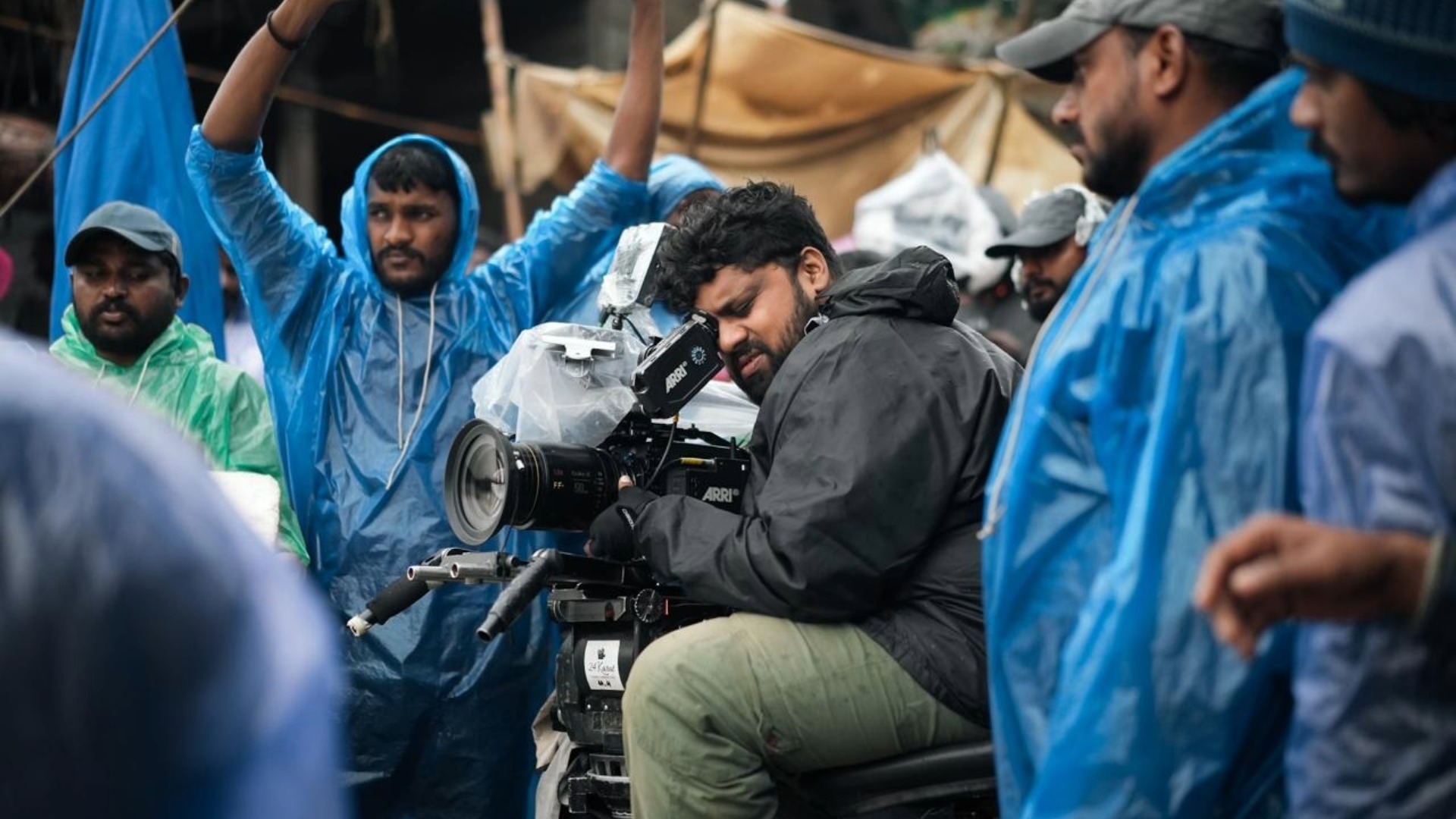
Arvind S. Kashyap has emerged as one of the most exciting visual storytellers in Indian cinema — a cinematographer whose work unites science, mythology, and emotion. His films such as Bell Bottom (2019), 777 Charlie (2022), and Hostel Hudugaru Bekagiddare (2022) have displayed a mastery of tone and texture, but with Kantara: Chapter 1, he transcends previous boundaries — creating a cinematic universe that is both mythic and deeply human.
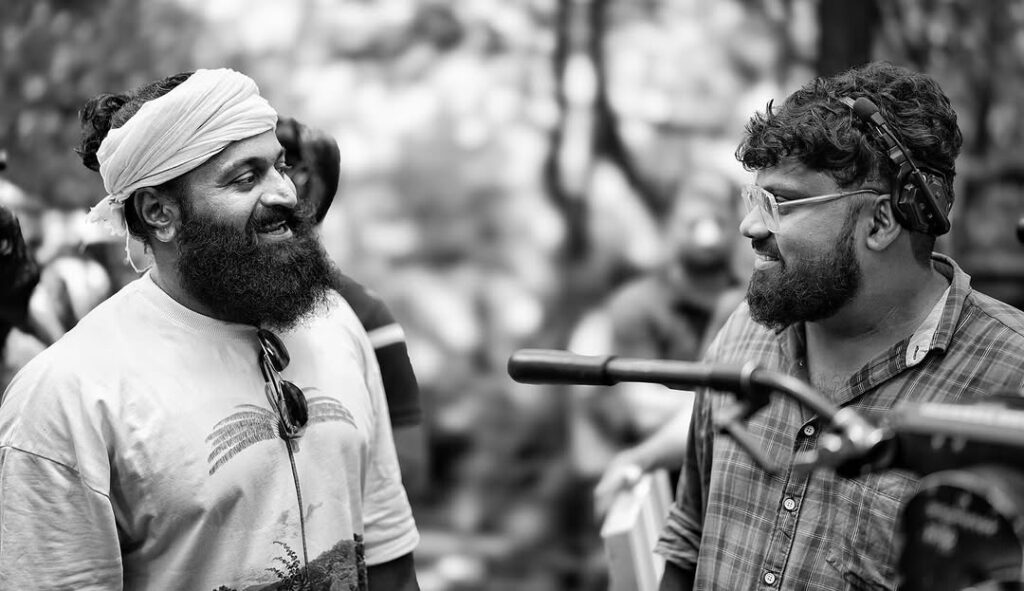
Reuniting with actor-director Rishab Shetty for the prequel to the 2022 phenomenon Kantara, Kashyap has designed a world where nature, culture, and belief are fused through light and lens.
Before cinema, Arvind’s world was mechanical — quite literally. A mechanical engineer by training, he was captivated by motion, precision, and the physics of optics. His fascination with aeromodelling led him to design his own custom-built drones, long before they became mainstream in cinematography.
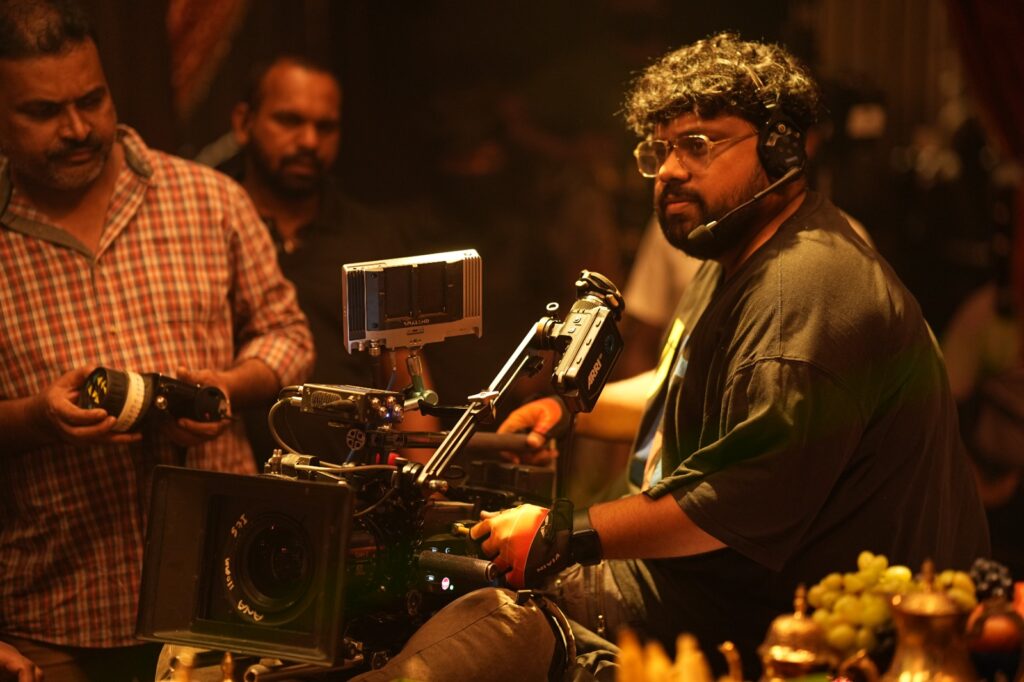
“I’ve always been drawn to how light behaves and how perspective changes everything,” he recalls. “When I built drones, it wasn’t just about technology — it was about seeing the world differently. Engineering taught me structure; cinema taught me emotion.”
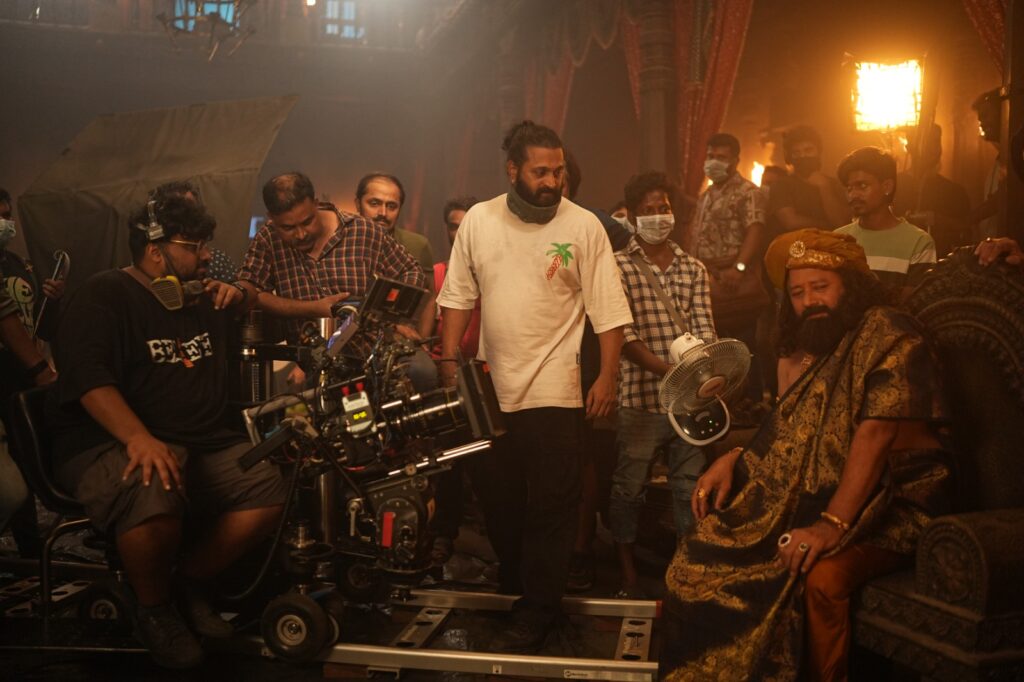
That scientific curiosity evolved into a passion for moving images. Starting as an assistant director on Lucia, Arvind later became an assistant cameraman under Karm Chawla, where he met Rishab Shetty. The two have since developed an enduring collaboration rooted in mutual respect and visual experimentation.
“The world-building process was intense,” says Kashyap. “We visited several real palaces and realized how intentionally cramped they were — designed to limit access to private life. That logic became an integral part of my visual scheme.”
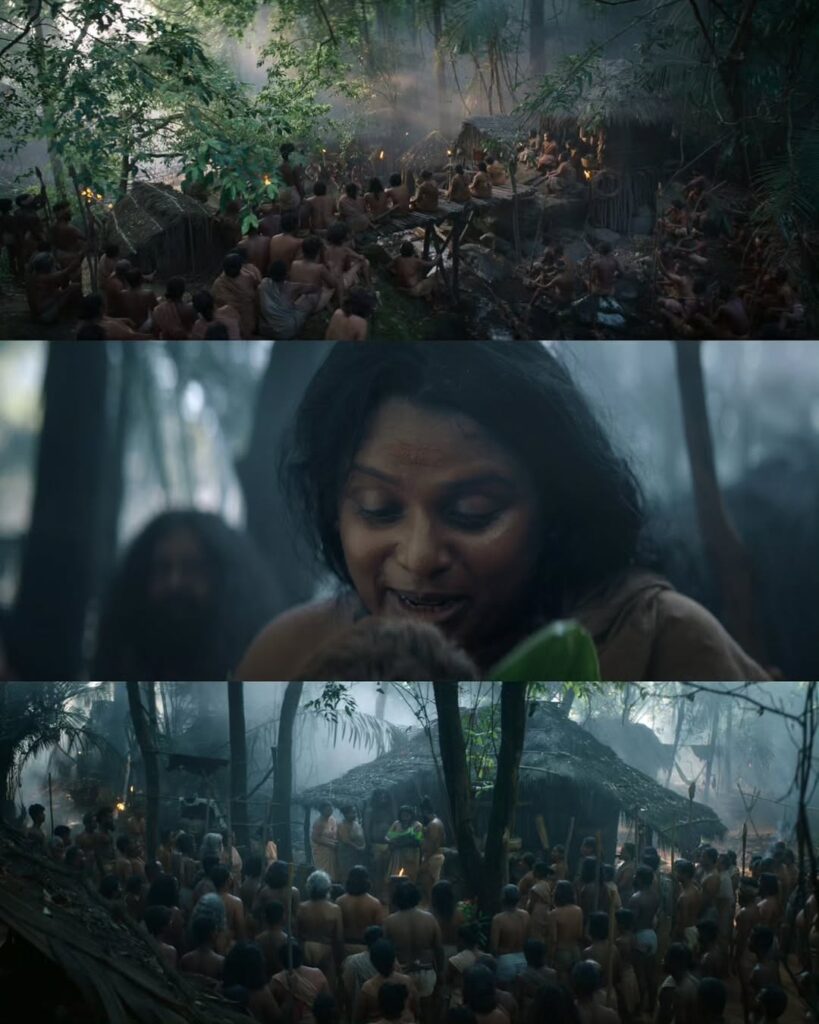
To contrast this confinement, the crew explored the rugged, uneven terrains of Kundapura, capturing landscapes that feel alive and untouched. “We wanted the audience to experience a world that’s breathtakingly real — raw, spiritual, and imperfect in the most beautiful way.”
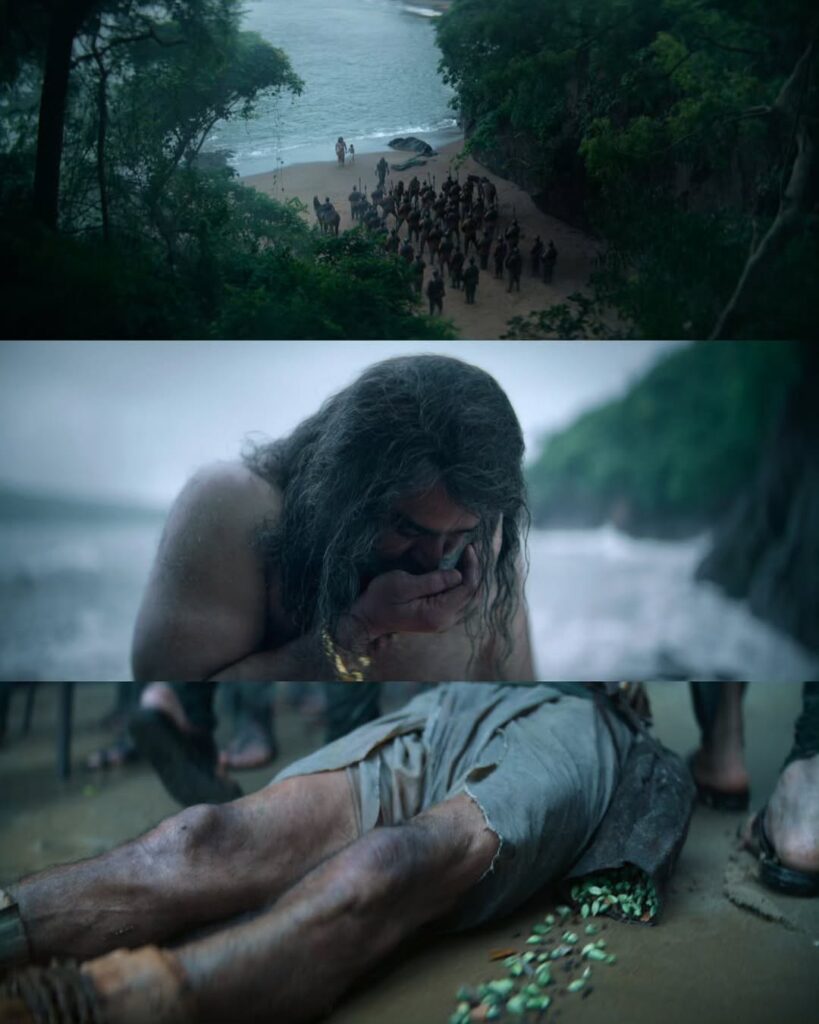
Remarkably, 80% of the film was shot on real locations, preserving natural textures and authenticity. The rest was meticulously extended through over 3,000 VFX shots, executed across an 18-month production timeline — a monumental effort that fused practical and digital worlds seamlessly.
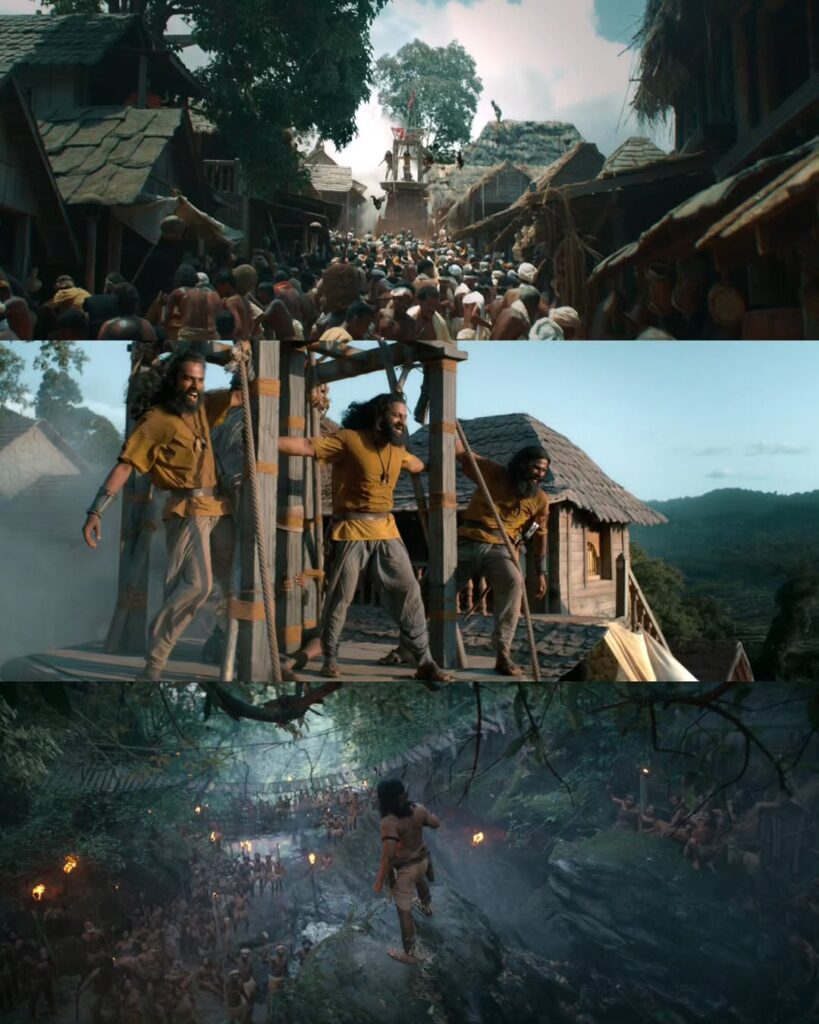
Kashyap tested several lenses before choosing Cooke. “Working with Cooke glass was an experience of pure satisfaction,” he shares.
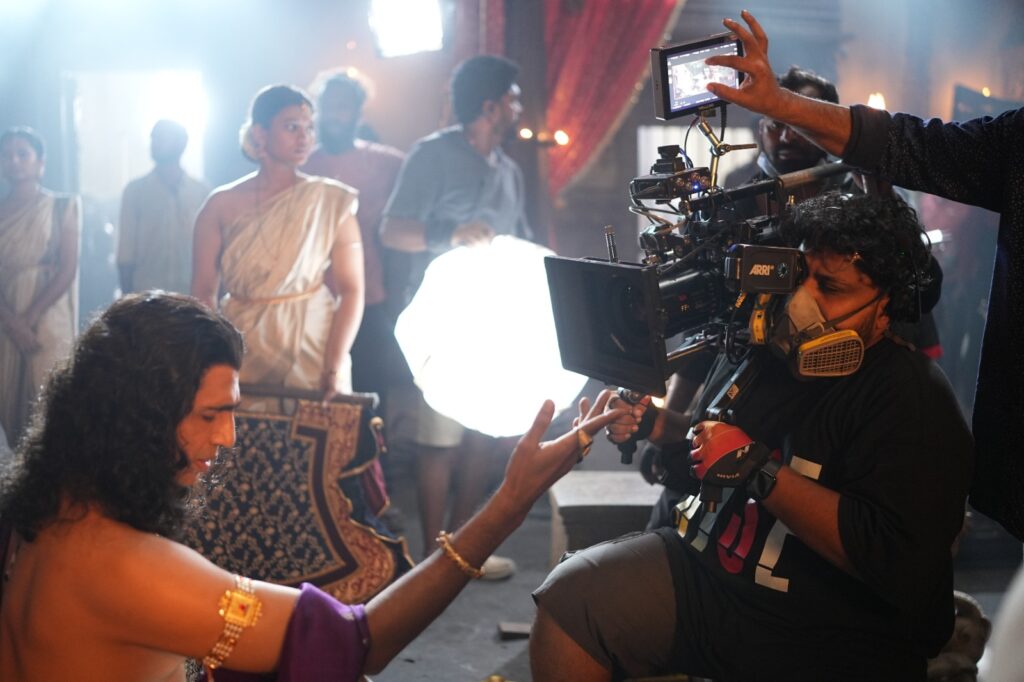
“I shot the day sequences with Cooke Anamorphic FF (non-special flare) lenses. The mild warmth, gentle barrel distortion, and organic texture gave the imagery a living quality that perfectly complemented Kantara’s world.”
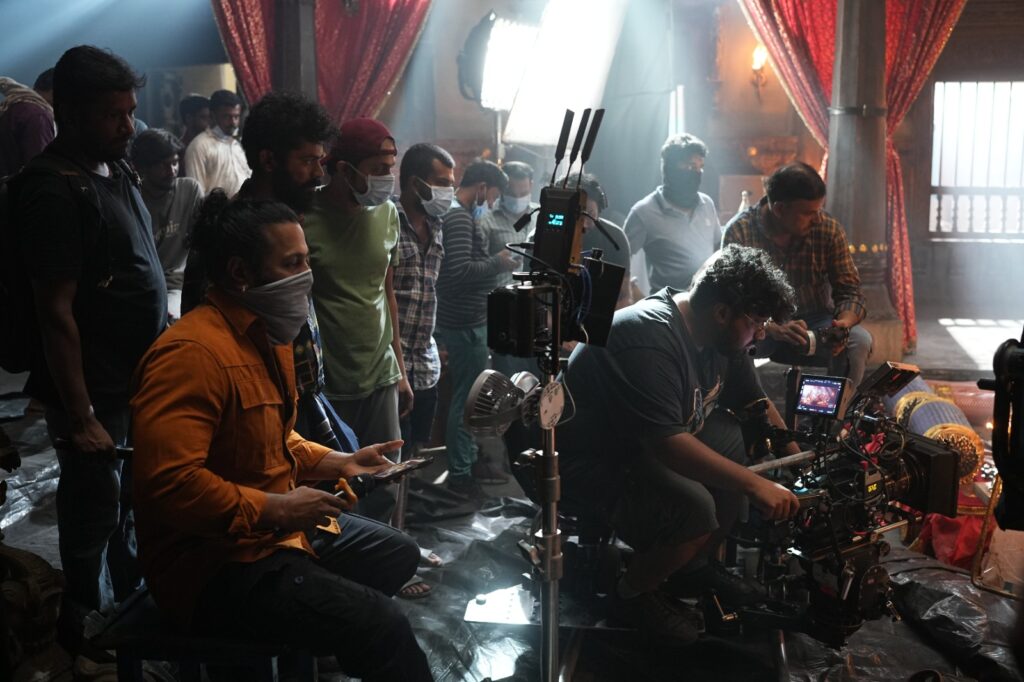
“Their ability to handle low light with natural contrast was a revelation. The spherical lenses also worked beautifully for our VFX-heavy portions. Using both formats allowed us to visually distinguish day from night — one felt majestic, the other deeply spiritual.”
Kashyap’s lighting approach constantly evolved to mirror the film’s contrasting worlds. “The palace sequences were lit to reflect opulence and power, while the forest sequences drew from the abundance of nature — softer, fluid, and organic. I wanted the light itself to carry meaning.”
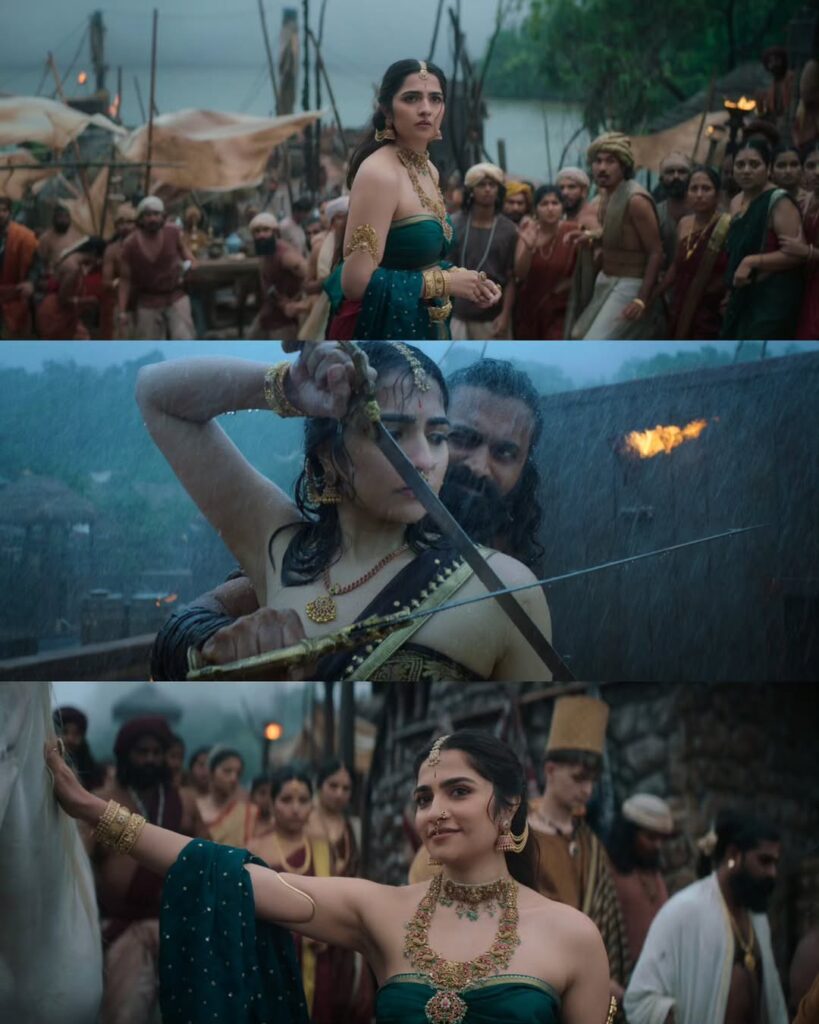
In visual effects, his mantra was authenticity. “We ensured that even the imperfections — small shadows or uneven tones — remained intact in the VFX extensions. Those ‘flaws’ made it believable. Even with chroma shoots, we stuck to the same lighting philosophy rather than using isolated even-lighting setups.”
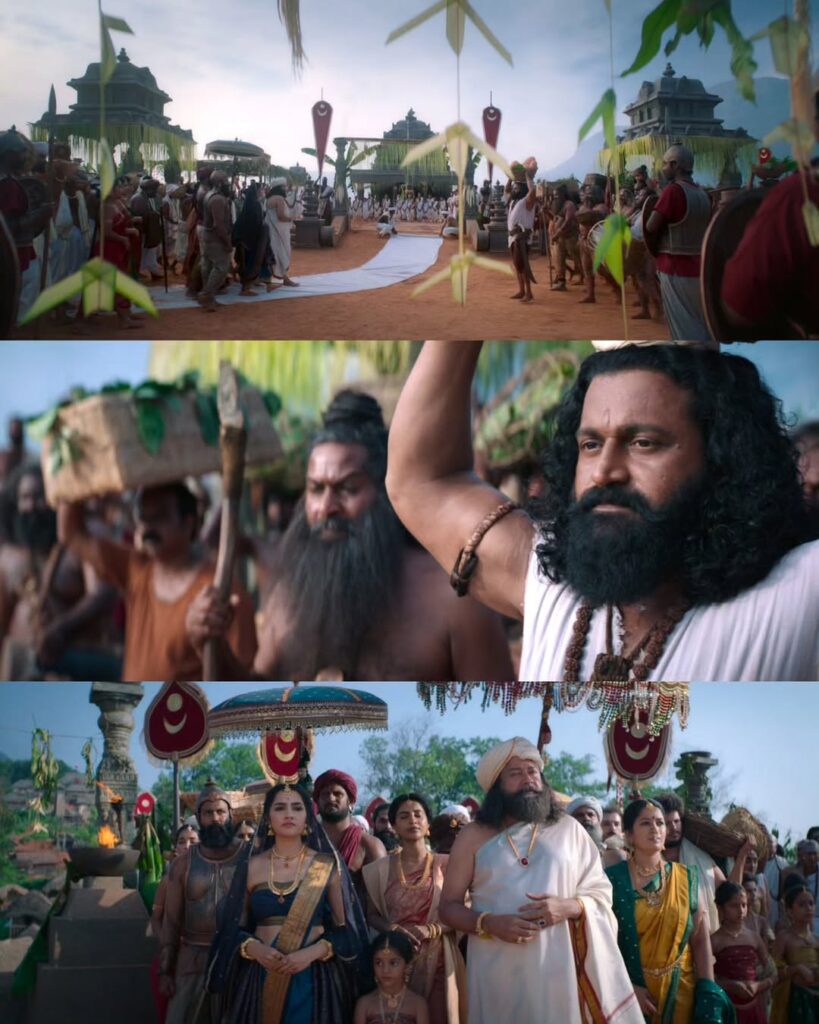
“I wanted the camera to move like a living presence,” says Kashyap. “The first fifteen minutes had to immerse the viewer — a sense of wonder and chaos in a breathtakingly beautiful world.”
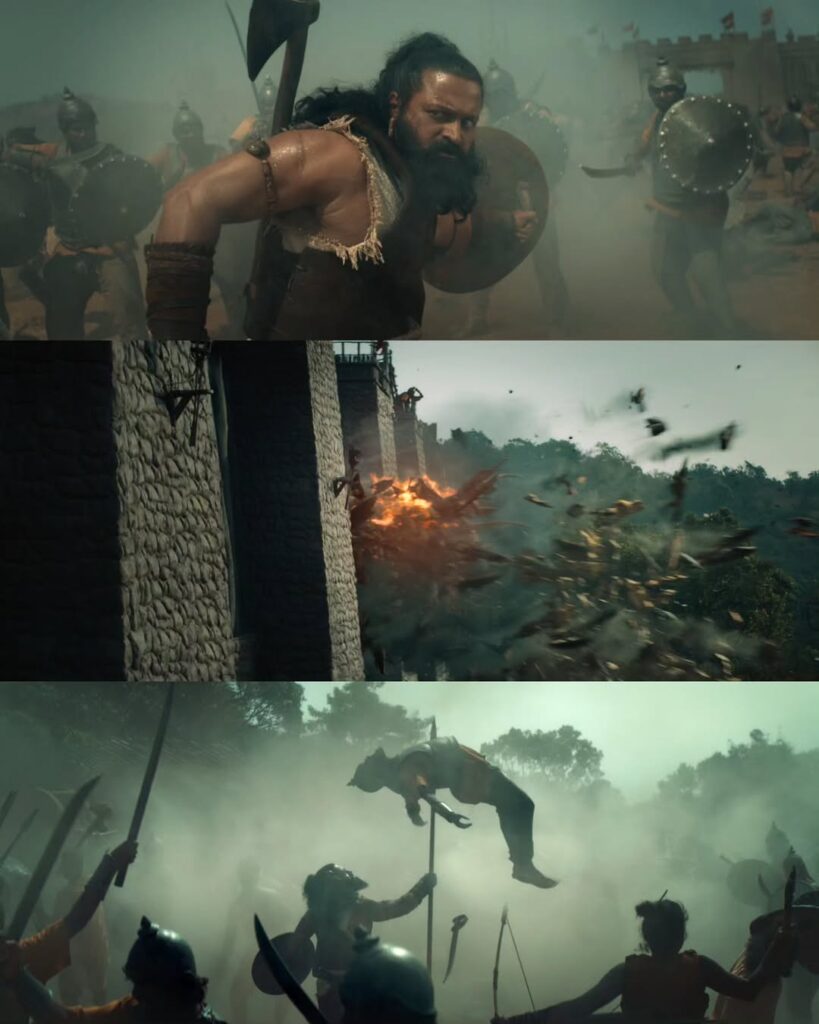
The film’s climactic sequences, shot in spherical format, allowed him to experiment with aspect ratio transitions between Cinemascope and flat, heightening the emotional intensity of the narrative.
With Kantara: Chapter 1, Arvind S. Kashyap redefines what Indian cinematography can achieve — blending engineering precision, scientific curiosity, and poetic storytelling. His lensing, powered by Cooke optics, has set a new visual benchmark for Indian mythic realism.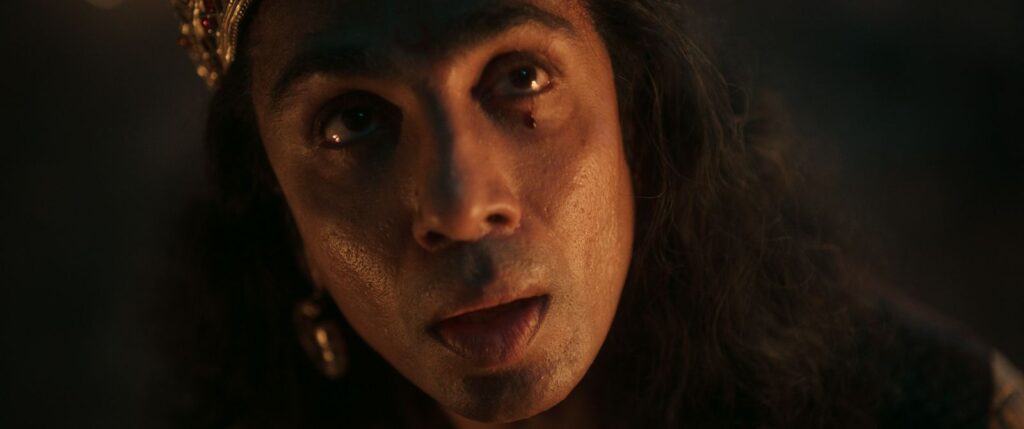 “I’m grateful that our imagery has resonated with technicians, critics, and audiences alike,” he reflects. “This film proves that when vision, craft, and collaboration align, Indian cinema can compete with the world’s finest. I thank Rishab, our producers, and every technician who brought this dream alive.”
“I’m grateful that our imagery has resonated with technicians, critics, and audiences alike,” he reflects. “This film proves that when vision, craft, and collaboration align, Indian cinema can compete with the world’s finest. I thank Rishab, our producers, and every technician who brought this dream alive.”
Through Cooke Anamorphic FF and Cooke S8/i lenses, Arvind S. Kashyap found the perfect balance between science and spirituality — where warmth, gentle distortion, and optical character breathe myth into motion.
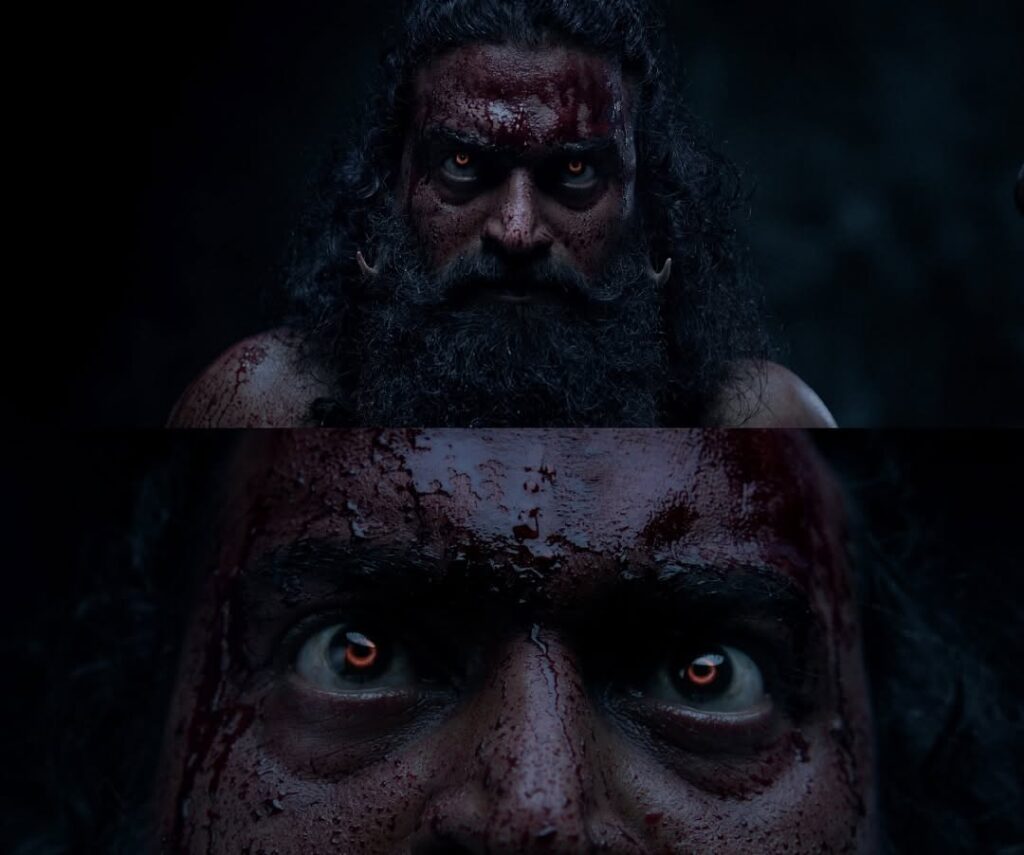
Kantara: Chapter 1 stands as a defining moment in Indian filmmaking — a union of artistry and technology, where the Cooke Look transformed light itself into legend